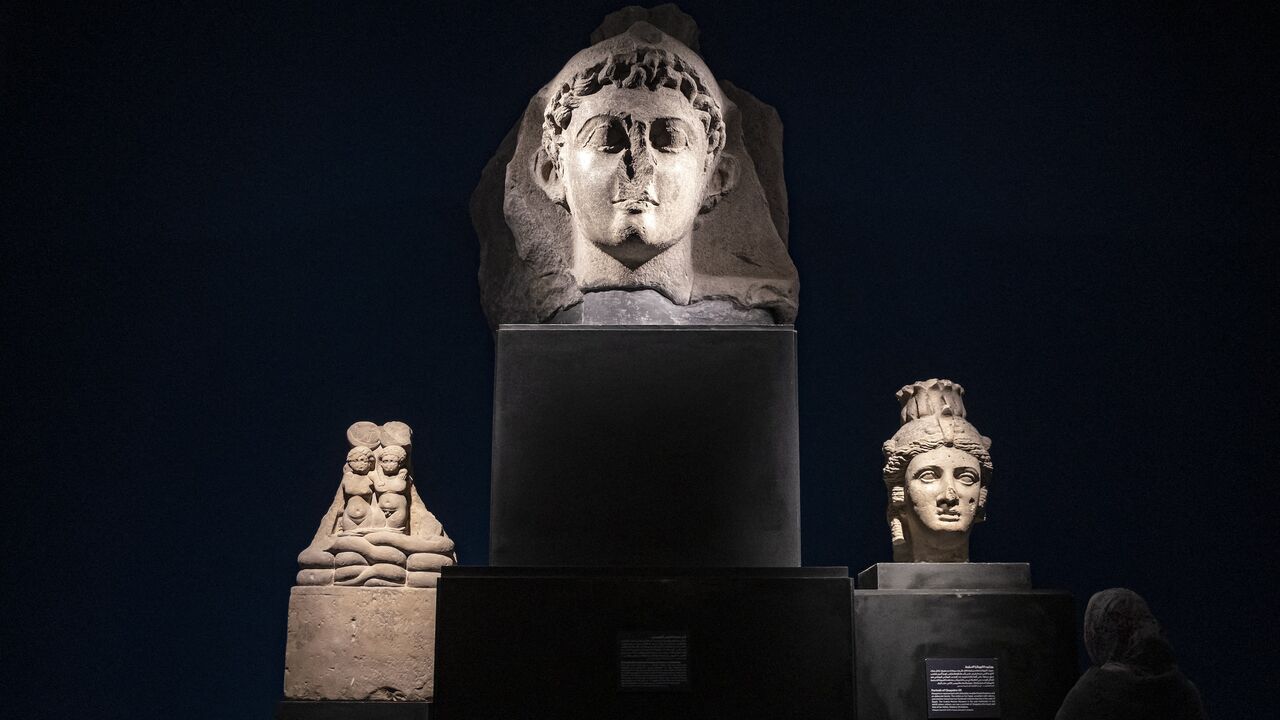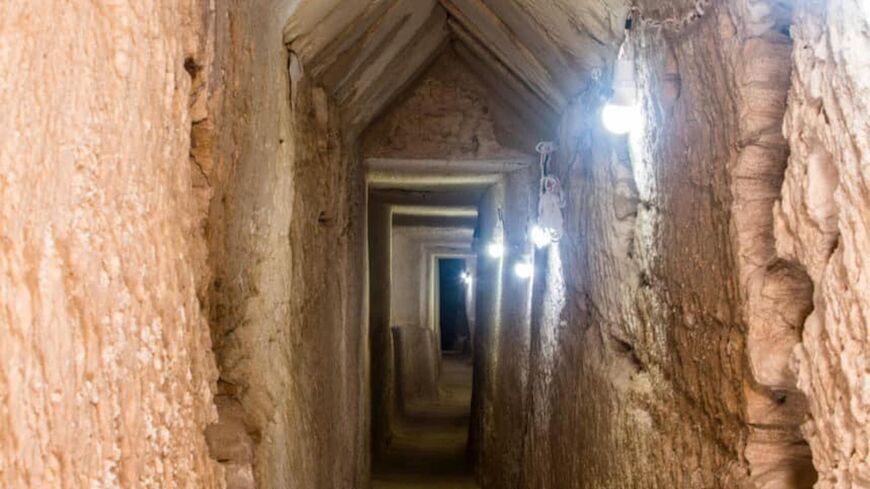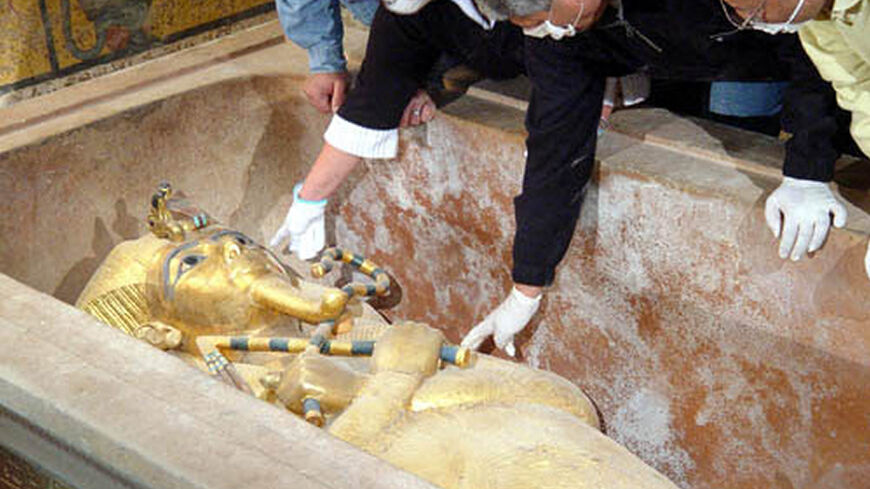In search for Cleopatra's tomb, Egypt claims new discoveries
A team led by Kathleen Martinez, who has worked for two decades in hopes of finding Cleopatra’s tomb, has unearthed new discoveries in an ancient city near Alexandria.

Egypt’s Ministry of Tourism and Antiquities announced on Monday new discoveries made in Alexandria, including an ancient bust that could represent Queen Cleopatra VII.
An Egyptian-Dominican archaeological team, led by Dominican lawyer-turned archaeologist Kathleen Martinez, have over the last 20 years conducted excavation missions at the Taposiris Magna (great tomb of Osiris), a city established between 280 and 270 BC during Egypt’s Ptolemaic kingdom. The ancient city, around 40 kilometers (25 miles) west of Alexandria at the edge of Egypt’s Lake Mariout, contains a temple and tower thought by Martinez to contain Cleopatra’s tomb.
The excavation team made the discoveries at the southern outer wall of the Taposiris Magna temple, finding a small white marble bust depicting a woman wearing a royal crown. According to Egypt's Ministry of Tourism and Antiquities, Martinez suggested the bust could be a depiction of the famous Egyptian queen.
However, the ministry added in its press release, posted to Facebook, that many archaeologists disagree with Martinez, noting that the "facial features differ from known depictions of Cleopatra VII. It is more likely the statue represents another royal woman or princess.”
New discoveries associated with Cleopatra VII found at Taposiris Magna to the west of Alexandria according to Egypt's Ministry of Tourism and Antiquities. #Archaeology pic.twitter.com/elKlILcQId
— Lindsay Powell FRHistS (@Lindsay_Powell) December 10, 2024
In an interview with PBS in 2016, Martinez said she believed Cleopatra’s tomb could be found in Taposiris Magna, in spite of popular theories among archaeologists that place her tomb in Alexandria, likely lost to a tidal wave that hit the city over 1,000 years ago. Martinez has been conducting archaeological work in hopes of finding Cleopatra’s tomb since 2005.
The statue, according to the ministry, was found with a number of other artifacts, including another bust depicting a “king adorned with the Nemes headdress,” a striped head cloth worn by pharaohs in ancient Egypt.
The excavation also revealed 337 coins — many of which featured representations of Cleopatra — ceremonial pottery, oil lamps, bronze statues, a limestone container for cosmetics and an amulet inscribed with the phrase “The justice of Ra (ancient Egyptian god of the sun) has risen.” The discoveries date the temple’s construction to the 1st century BC, the late Ptolemaic period.
Martinez’s mission also discovered remnants of a 4th-century BC Greek temple, destroyed between the 2nd century BC and the early Roman period. The temple was found near a tunnel system connecting Lake Mariout to the Mediterranean Sea.






